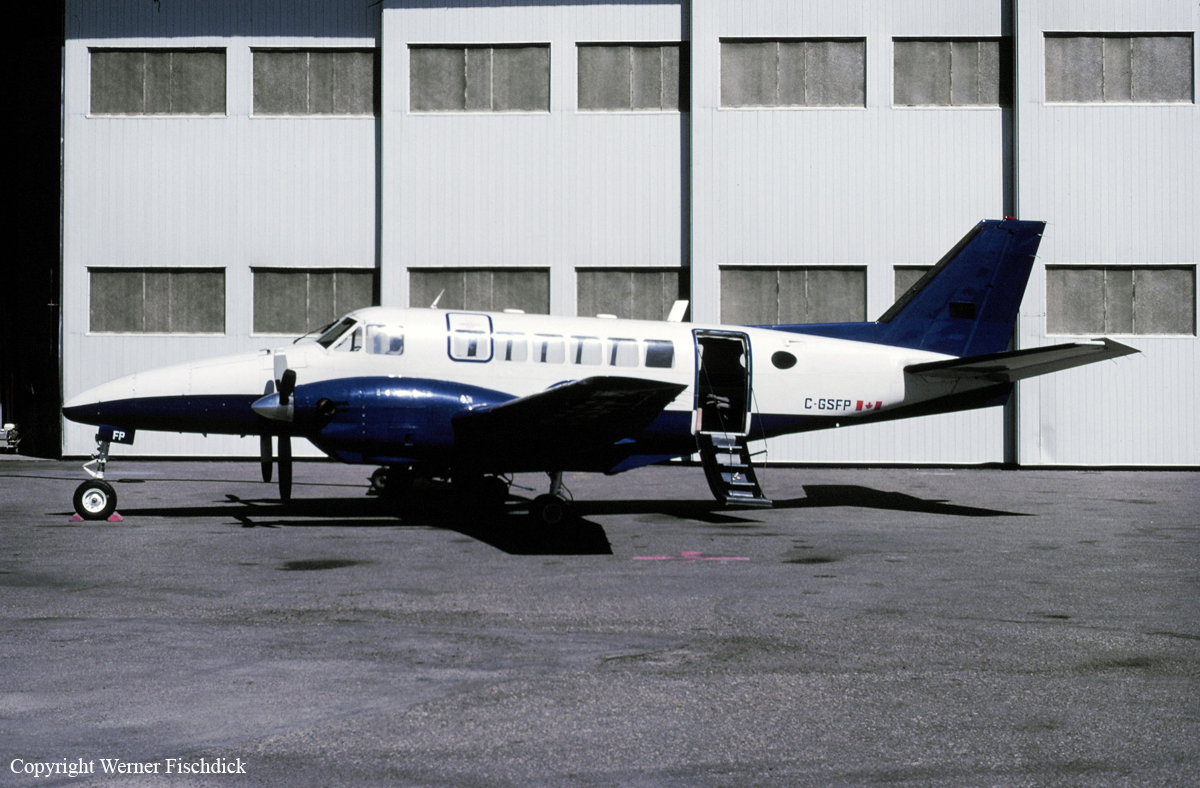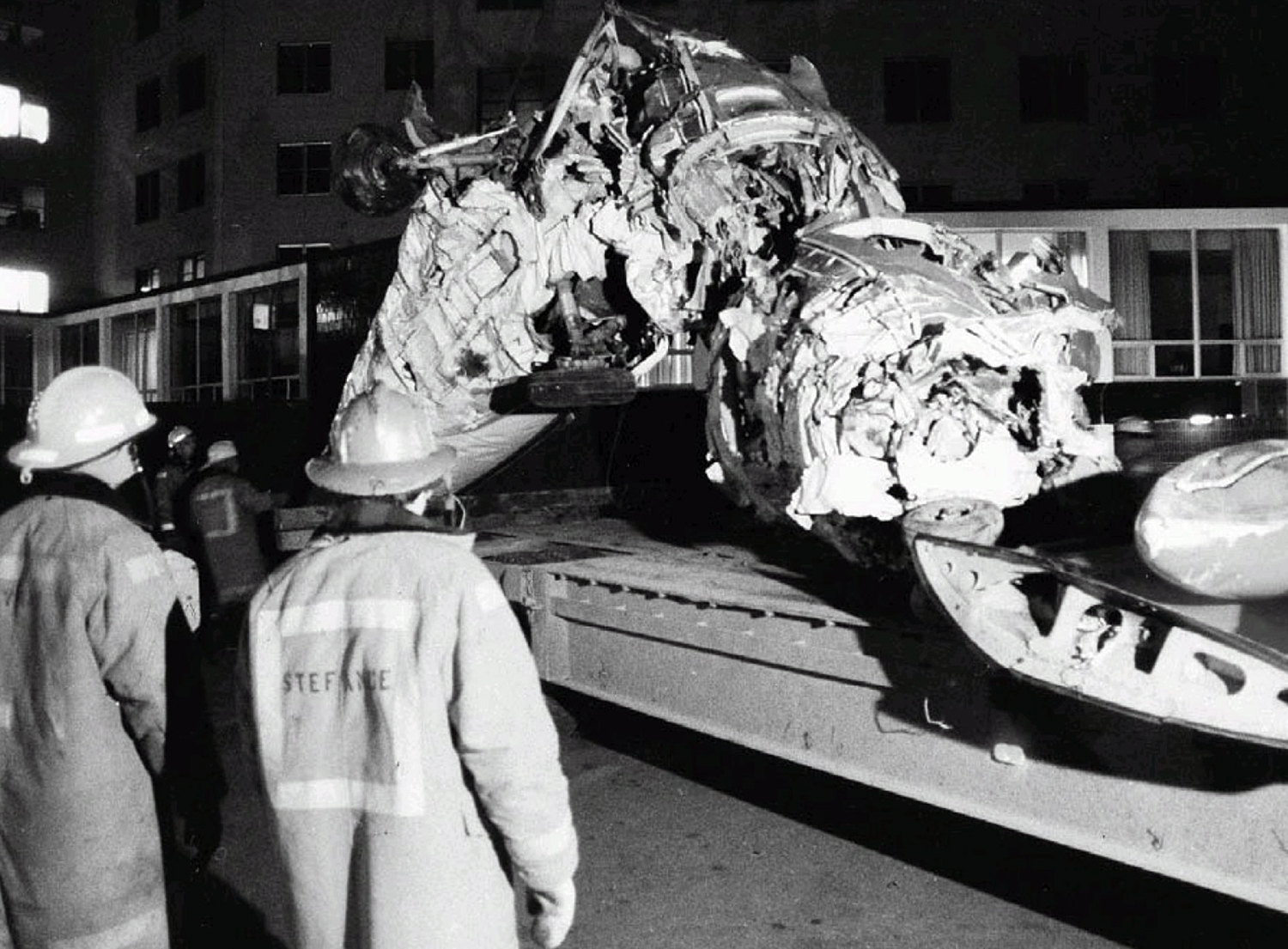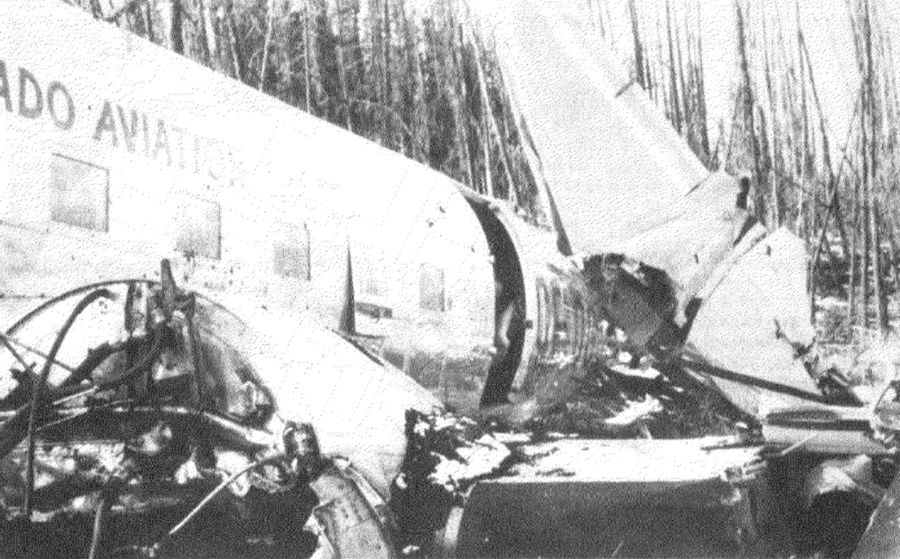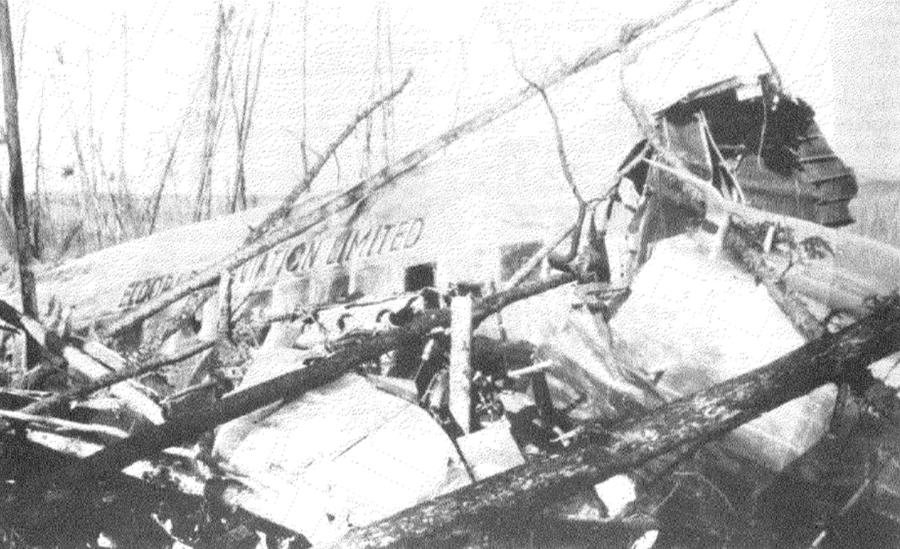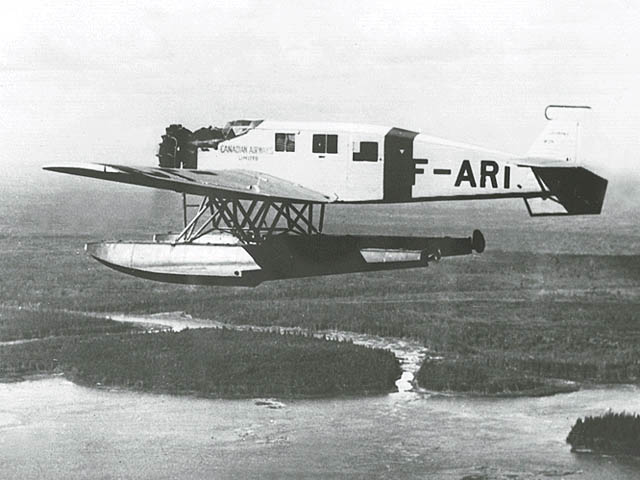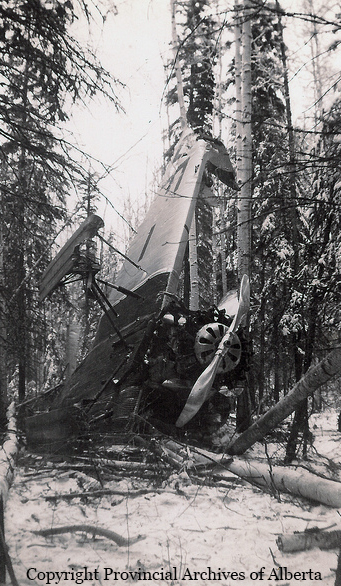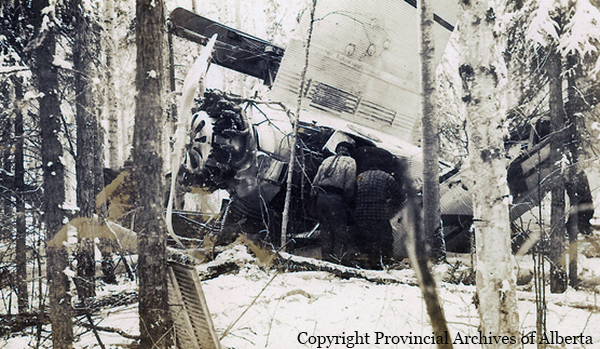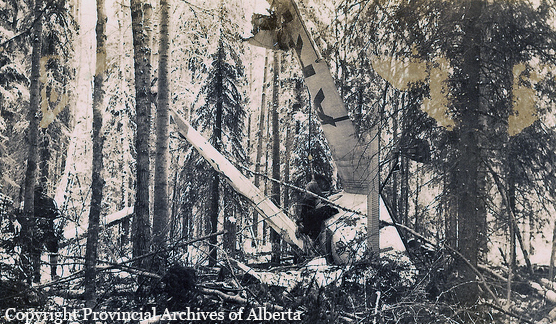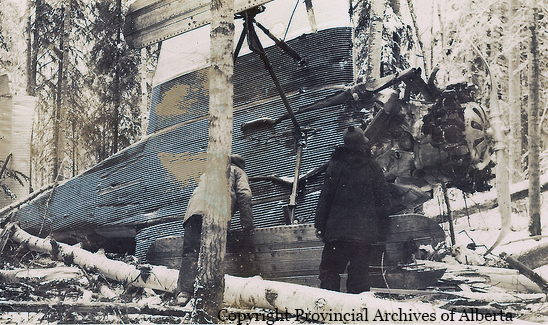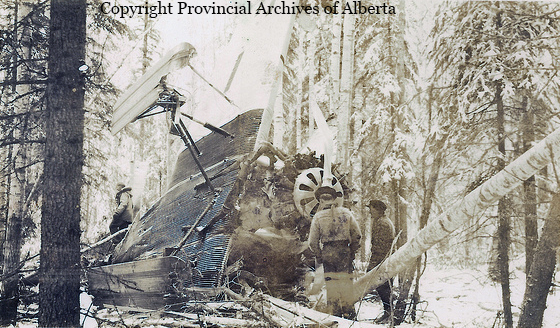Crash of a Beechcraft 99 Airliner in Fort Chipewyan
Date & Time:
Dec 6, 1996 at 1945 LT
Registration:
C-GSFP
Survivors:
Yes
Schedule:
Fort McMurray – Fort Chipewyan
MSN:
U-43
YOM:
1968
Flight number:
3T103
Crew on board:
2
Crew fatalities:
Pax on board:
12
Pax fatalities:
Other fatalities:
Total fatalities:
0
Circumstances:
On final approach to Fort Chipewayn Airport, the twin engine aircraft was unstable and rolling left and right. Upon landing, the right propeller struck the runway surface. The right engine partially torn off and the right wing was severely bent. The aircraft came to a halt few dozen metres further. All 14 occupants escaped uninjured.
